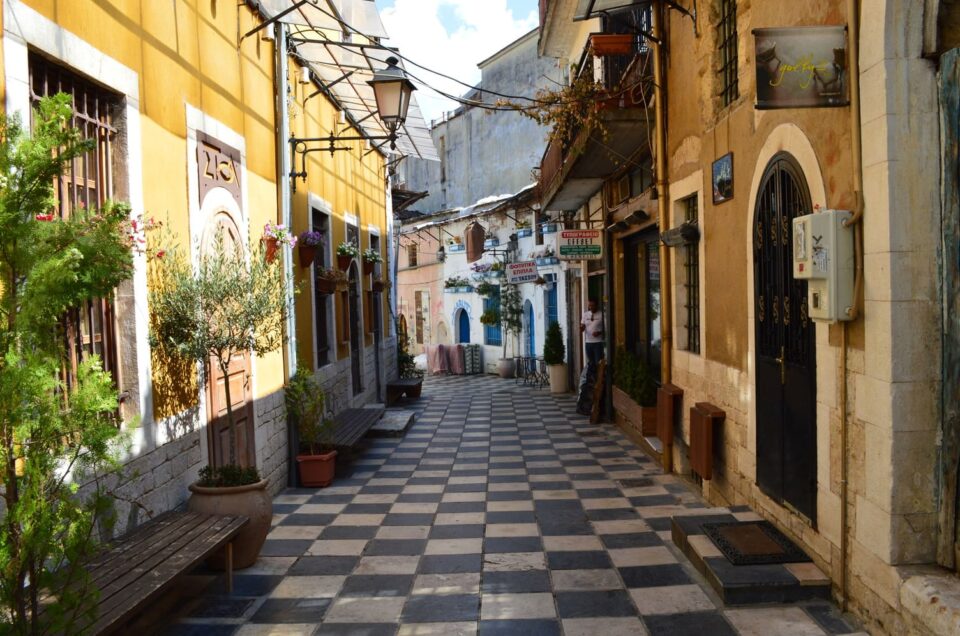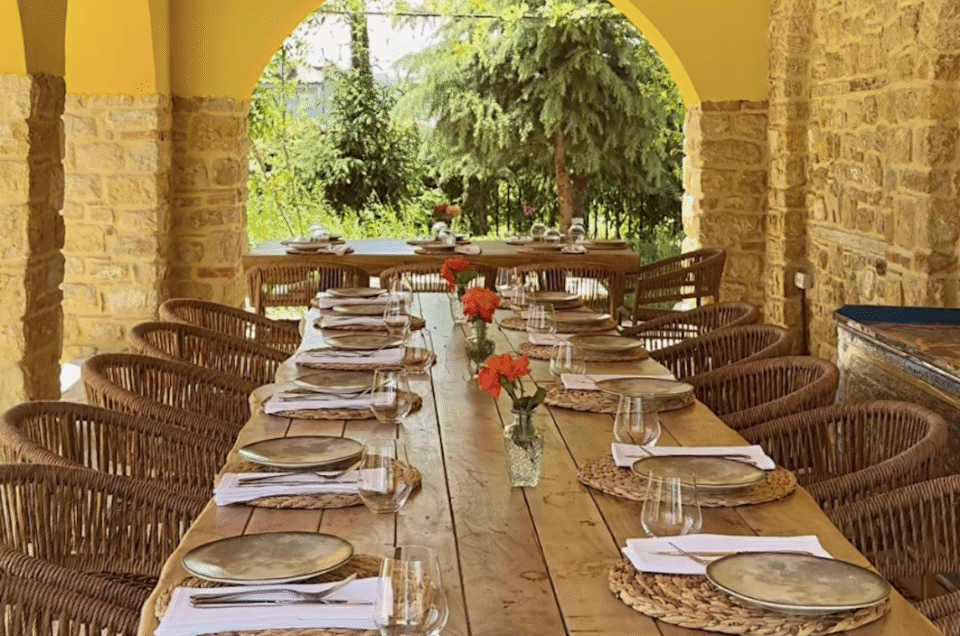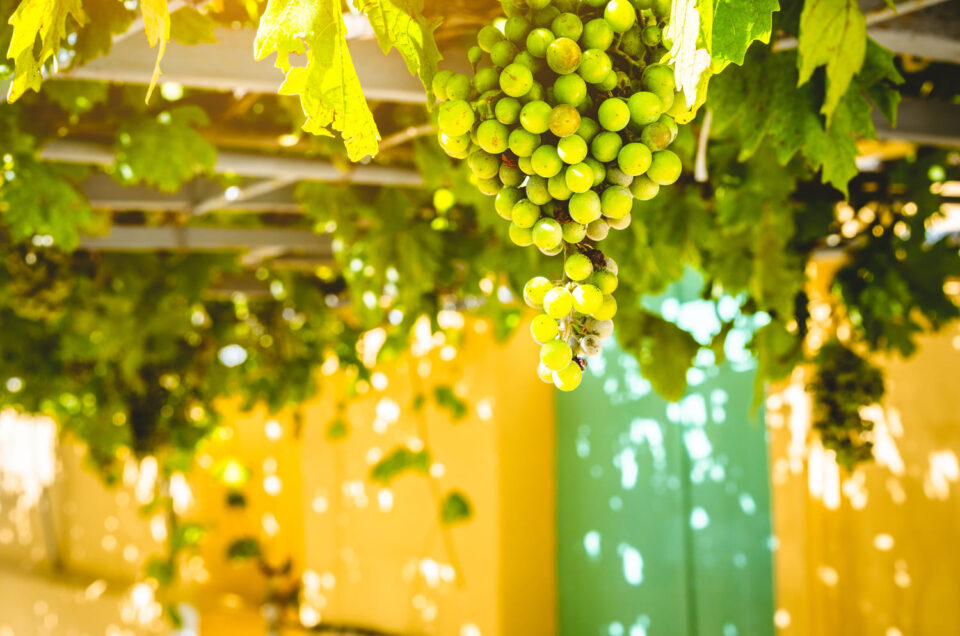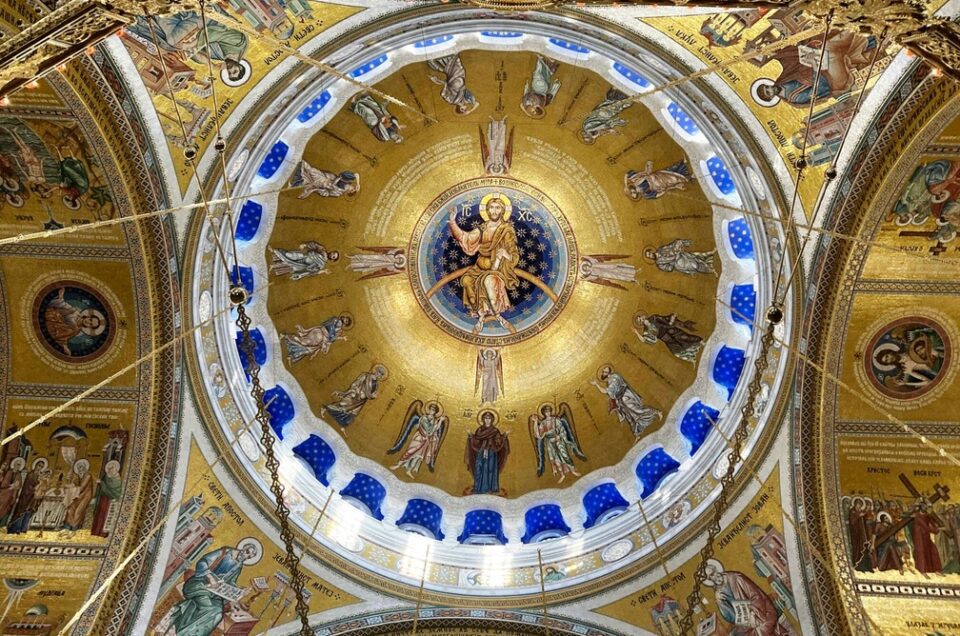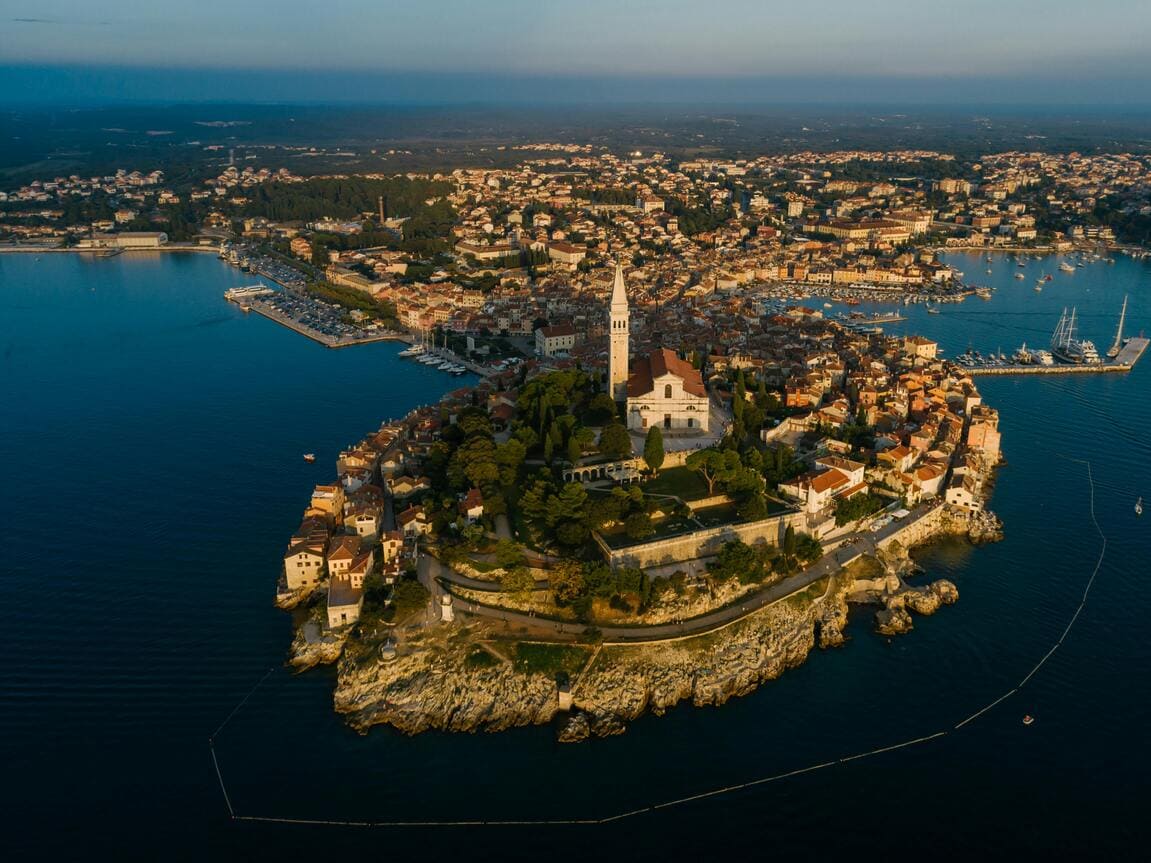
Away from the eyes of mainstream tourists lies the magical region of Itsria…
Nestled along the Adriatic Sea, this picturesque peninsula is shared by Croatia, Slovenia, and a tiny corner of Italy. Istria is home to around 200,000 people, and its culture has been shaped by centuries of Slavic, Italian, and Mediterranean influences. Istrian cuisine and history reflect this rich tapestry of cultures.
Often compared to Italy’s Tuscany, Istria has a magic all its own!
The region draws visitors with its coastal beauty and the rustic charm of inland towns, rolling vineyards, and rich culinary scene.
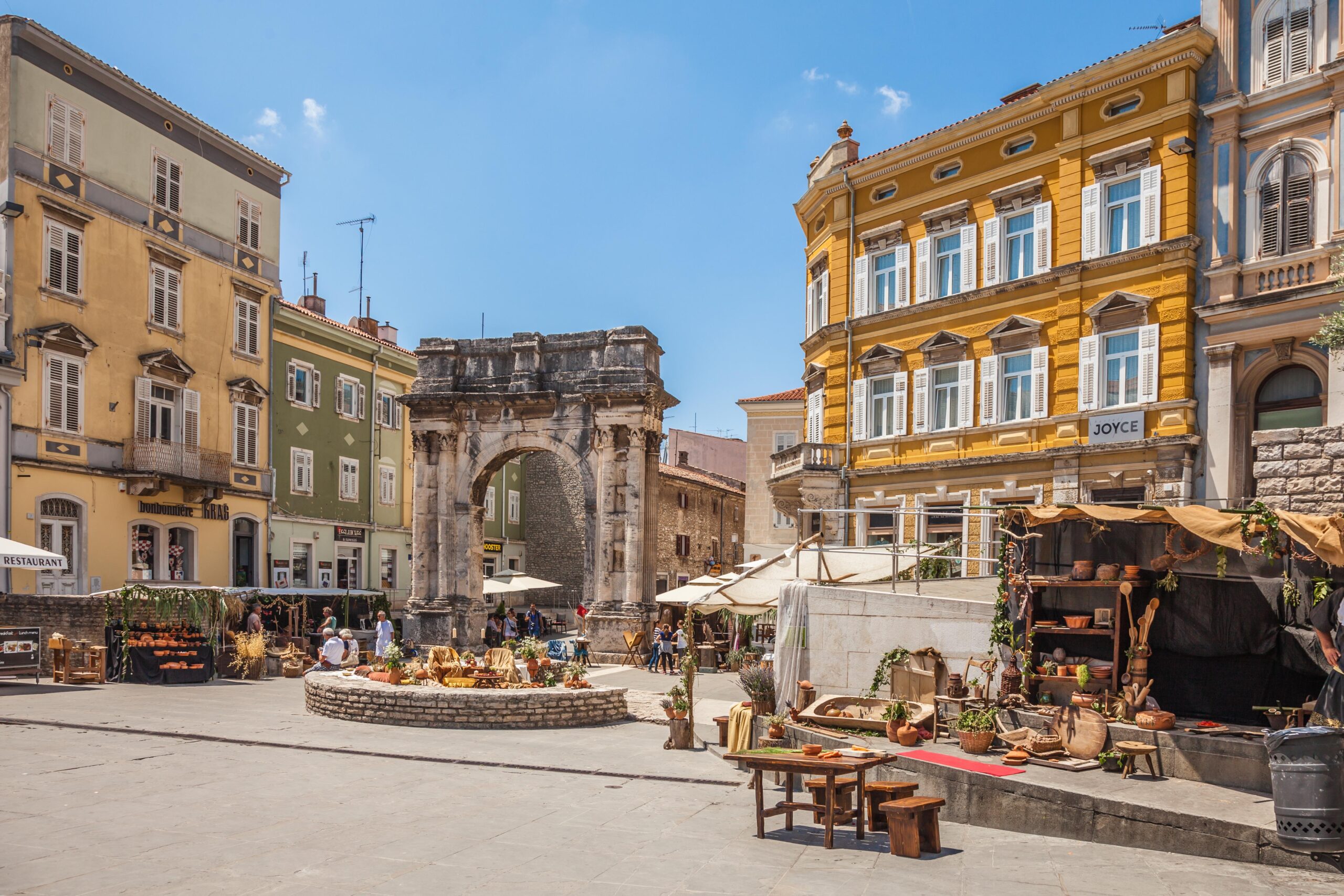
The Elagant Beauty of Coastal Istria
The name “Istria” likely comes from the ancient Illyrian Histri tribe. Some historians and linguists suggest it may relate to a word meaning “to be by the water” or “to live near the sea,” reflecting the tribe’s coastal habitat.
The Istrian coast is filled with fishing towns and villages that capture the romantic spirit of the long-gone Republic of Venice, which once ruled this region. Beyond Venetian influences, there are numerous historic sites from the Roman era, as the Romans favored settling along the shore.
Piran, located in Slovenia near Croatia, is a charming town with narrow streets, striking Venetian-style architecture, and a deep maritime history. Just across the Croatian border is Rovinj, often called the Jewel of Istria. This vibrant town is known for its winding cobblestone streets, pastel-colored buildings, and a lively harbor filled with fishing boats. Further south, Pula, the region’s largest town and administrative center, is famous for its remarkable Roman amphitheater—the Pula Arena. It is the only remaining Roman amphitheater with all four side towers completely preserved.
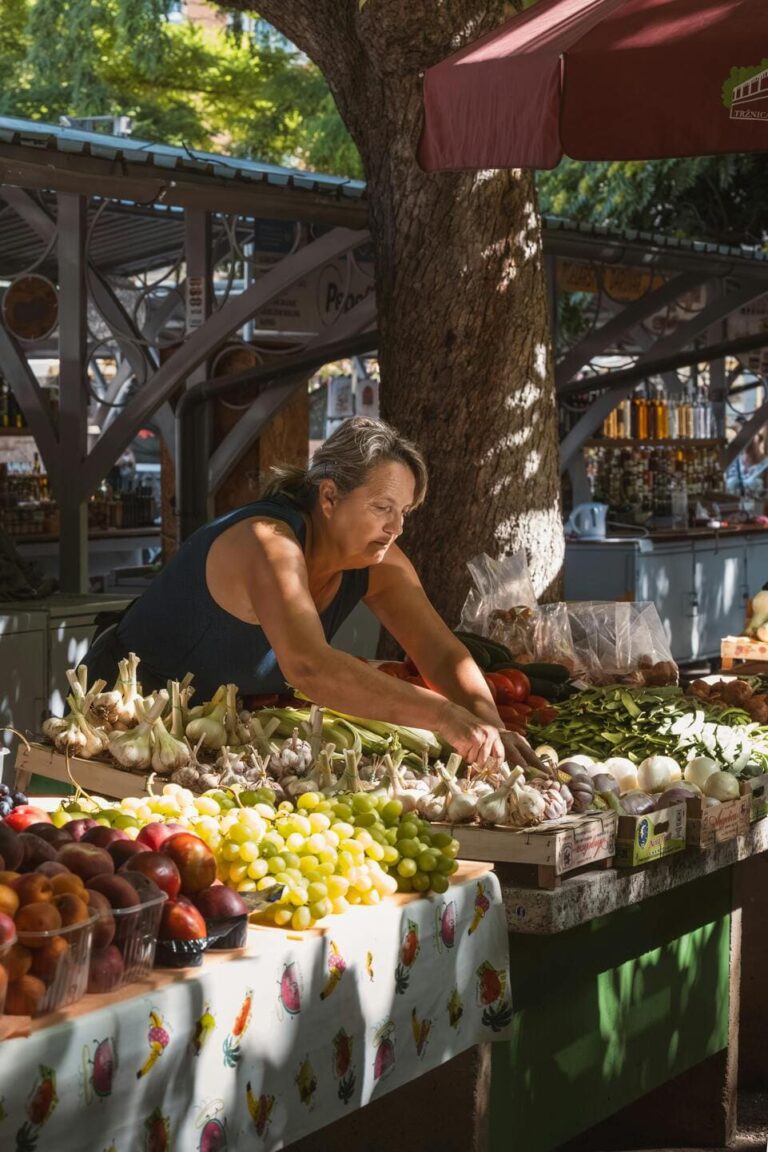
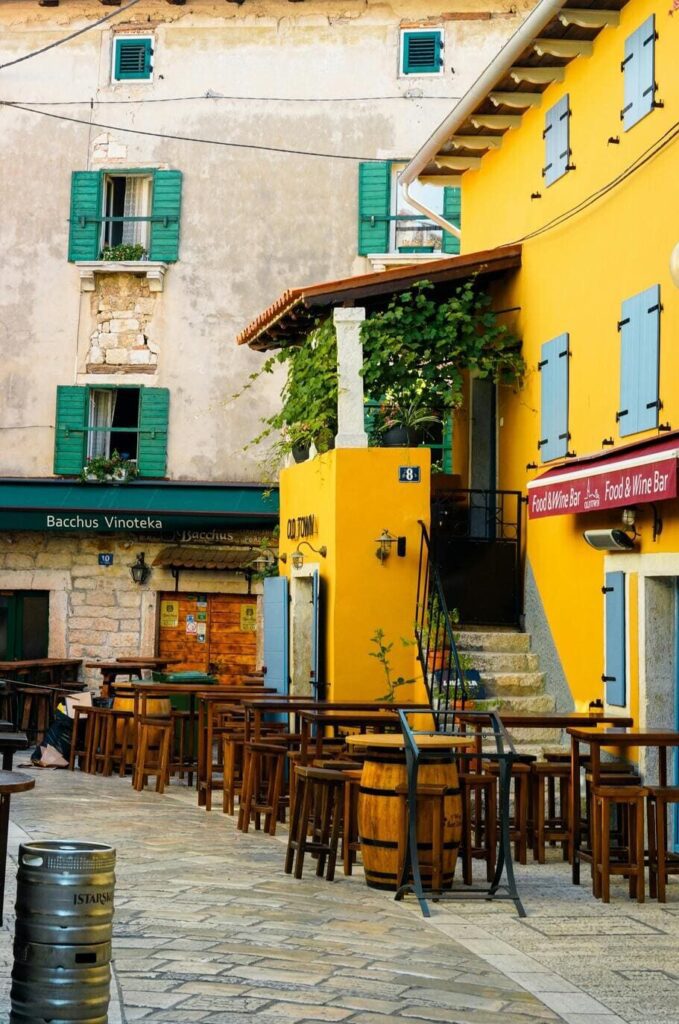
The Hilltop Towns of Inland Istria
Inland Istria reveals a tapestry of pastoral landscapes and medieval hilltop towns that feel almost untouched by time.
Motovun and Grožnjan are among the most famous. Motovun, with its well-preserved medieval walls and vibrant arts scene, has become a cultural landmark. Grožnjan, known as the “Town of Artists,” is home to a lively artistic community and numerous galleries. Both towns offer sweeping views of vineyards, forests, and olive groves.
The area is also renowned for its culinary traditions, especially Istrian cuisine and its truffles. Local hunters are often seen foraging in the woods. Guests can enjoy hearty stews, omelets, and homemade pasta in cozy, family-owned taverns that embody the warmth of Istrian hospitality.
Inland Istria is perfect for those seeking an authentic, peaceful, and rustic experience.
Istrian Cuisine: Between the Continent and the Mediterranean
Continental and Mediterranean cuisine come together in Istria, resulting in a rich variety of dishes. The coastal region provides an array of fresh fish, crabs, and seafood, while inland dishes draw on hearty meats, wild game, and truffles.
A few traditional favorites include maneštra od bobići (a corn and bean stew), pasta with local truffles, and wild asparagus omelets. Truffles are highly prized in Istria! The nearby Motovun forest is famous for its white truffles, which are as rare and expensive as they are flavourful.
Istrians have developed a tradition of schnapps made from ingredients like mistletoe, rue, or honey, often served as an aperitif. Meals often conclude with kroštule – crispy pastries, krafi – filled dumplings, or fritule – small fried dough balls.
Istria is one of the earliest gastronomic destinations in Croatia. Istrian cuisine has drawn visitors to its coastline while encouraging them to explore its peaceful and traditional interiors.
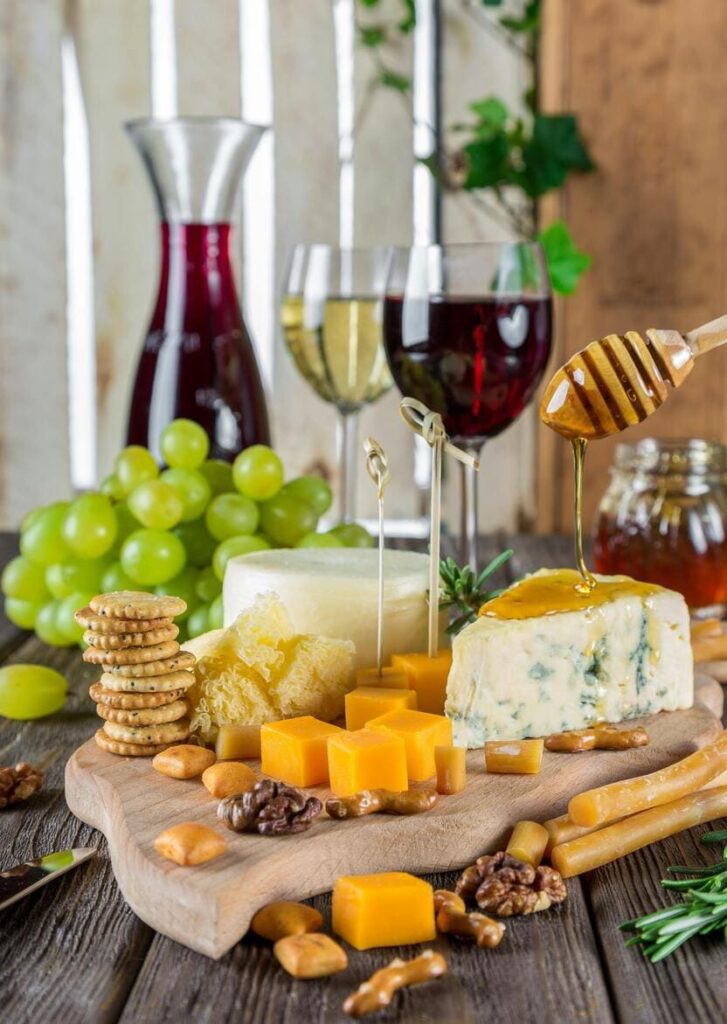
You can’t visit Istria without enjoying a glass—or perhaps a few—of Istrian Malvasia…
Malvasia is native to this beautiful peninsula, its origins remain somewhat mysterious, with the first recorded mention appearing only in the late 19th century. Known for its richness and fruitiness, Istrian Malvasia is also found in neighboring Slovenia and Italy, showcasing the region’s impressive winemaking heritage.
This distinctive white grape variety produces wines that range from fresh and easy-drinking to more robust and complex.
Istrian Wines and Regional Terroir
In its culture and heritage, Istria reveals strong ties to the Old World winemaking tradition.
Today, Istrian wine enjoys international recognition. It is especially famous for Istrian Malvasia, a white grape variety that produces fresh, fruity wines. When macerated, it develops more complex flavors. Red wines like Terrano and Momjan Muscat further enrich the Istrian wine palette.
As Croatia’s largest peninsula and one of its four main winemaking regions, Istria is dotted with vineyards and wine roads. Visitors can explore wineries along the wine routes of Bujština, Pazinština, and Rovinjština. These wineries often pair their wines with dishes from Istrian cuisine, giving guests a full sensory experience of the region’s culinary and winemaking traditions.
From coast to countryside, Istria is a wealth of natural beauty, culinary excellence, and historical charm. Its unique position across borders and cultures gives it a layered identity, making Istria a captivating and still somewhat hidden region for those looking to experience Croatia beyond the usual tourist trails.
Explore Istria with us on a curated Culture and Culinary Tour
If you want to experience Istria’s culinary and cultural richness firsthand, our cultural and culinary tour may be perfect for you!
Magic of Istria: Hilltop Towns and Local Flavors : from truffle hunting in the countryside to tasting superb olive oils and wines, this journey delves into the heart of Istrian traditions.
DISCOVER OTHER STORIES...
In a world where tourism has turned iconic landmarks into crowded hotspots, the true beauty of...
Discover Albania's best farm-to-table experiences where local ingredients, traditional farming...
The Balkans enjoy all four seasons, and each brings its own kind of beauty Some seasons might suit...
Bulgarian people have cultivated Rosa Damascena in the Rose Valley for centuries, and today it...


